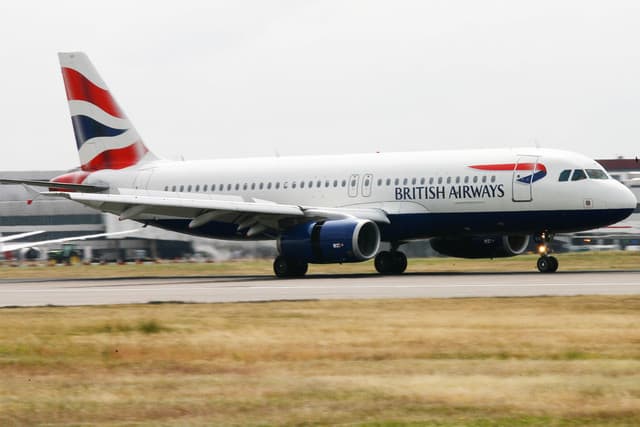The pilot of Flight BA727, flying from Geneva carrying 132 passengers and five crew members, reported to the authorities that the front of the aircraft was struck by an object – believed to be an unmanned drone – during its approach to the London airport. The plane landed safely, was examined by BA engineers and was deemed fit for further flights the same day.
The Metropolitan police have since confirmed that they are investigating the incident, lead by their aviation security unit. No arrests have been made so far.
The number of near-miss incidents with unmanned drones has climbed sharply over the last few years as drones become more and more popular. There are increasing calls from the aviation industry for greater visibility and enforcement of the rules of drone flight.
Steve Landells of the British Airline Pilots Association (BALPA) said that ‘it was only a matter of time before we had a drone strike’, considering the number of amateurs and enthusiasts who don’t understand the rules – or the risks. He too suggests the need for greater ‘education and enforcement of the rules.’
Numerous voices within the aviation industry are calling out for full, in-depth testing to be carried out on the consequences of drone collisions with passenger aircrafts, an area that remains largely untested. BALPA notes that while there has been plenty of research undertaken on bird collisions, the weight and heft of a drone make them a considerably different concern.
Civil Aviation Authority (CAA) regulations state that unmanned aircrafts should never be flown near airports and should not be flown higher than 400ft, or out of sight of the operator. In addition, flight within 50m of any vehicle or structure not under their control is also prohibited.







